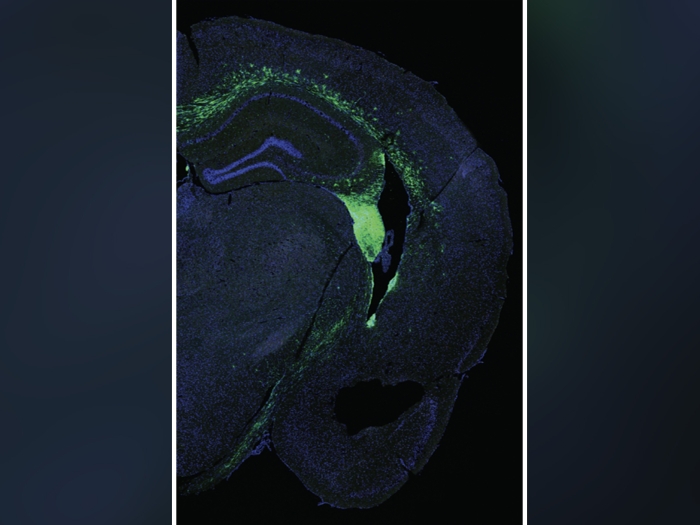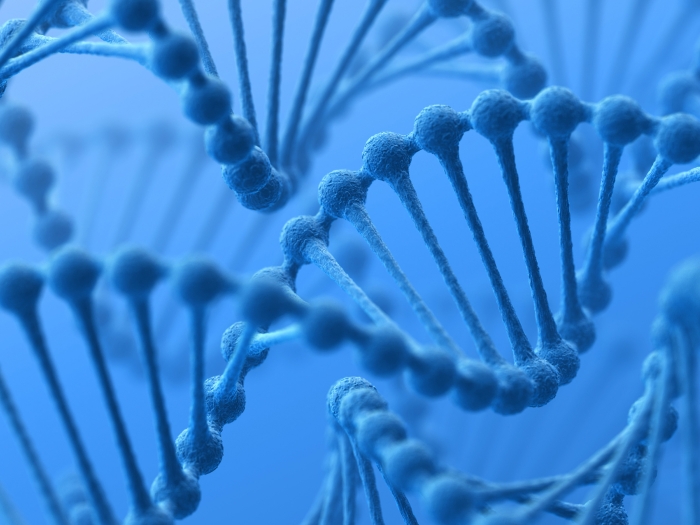Understanding who has the highest risk of rare cancers, including squamous cell esophageal cancer, suggests a potential for targeted screening recommendations.
7:00 AM
Author |

As screening recommendations and research funding focus increasingly on the more common form of esophageal cancer in the U.S., it could be creating a racial disparity in which the type of esophageal cancer most affecting African-Americans receives less attention.
SEE ALSO: A Better View of Esophagus Dysfunction
And that means people at high risk of this disease might be missing out on the potential to detect it at an earlier, treatable stage.
"There are certain diseases we don't screen for because they're less common. But if we found a way to target screening smartly — identify and screen only those at high risk — we can potentially make a difference," says Anoop Prabhu, M.D., clinical lecturer in gastroenterology at the University of Michigan Medical School.
Prabhu and colleagues recently published a study that found squamous cell esophageal cancer, which is relatively rare overall, is far more common among African-American men with a history of alcohol and tobacco use.
In the United States, two-thirds of esophageal cancer patients have a type called adenocarcinoma. It's caused by acid reflux and frequently linked to gastroesophageal reflux disorder, or GERD. Guidelines recommend people older than 50 with this condition undergo screening for esophageal cancer because of their high risk.
No screening guidelines exist for squamous cell carcinoma, which represents the other third of esophageal cancers. It's linked to alcohol and tobacco use.
This is a disease that can be detected early and is almost always fatal when it's not. This suggests we need to recalibrate our approach.Anoop Prabhu, M.D.
The need to investigate screening
The study used data from the Surveillance, Epidemiology and End Results cancer registry to assess how many people were diagnosed with squamous cell esophageal cancer, stratifying by race, gender and age. The researchers also assessed tobacco and alcohol use based on data from the National Health Interview Survey. Results appear in the American Journal of Gastroenterology.
SEE ALSO: How Very Aggressive Cancer Cells Use Energy to Grow
They found that squamous cell cancer in African-American men who had used both tobacco and alcohol approached the risk of adenocarcinoma in white men with GERD, for which screening is recommended. The incidence of squamous cell cancer in African-American men was four times the incidence of adenocarcinoma in white women. In fact, men were more likely than women to develop esophageal squamous cell cancer across all races.
As adenocarcinoma has become more common, federal research funding has also moved in that direction. In 2012, $10.5 million went toward esophageal adenocarcinoma research, and $400,000 went to esophageal squamous cell carcinoma research.
"We shouldn't stop funding research into adenocarcinoma — it impacts a larger number of people overall. But our study suggests esophageal squamous cell carcinoma disproportionately hits a certain demographic. This is a disease that can be detected early and is almost always fatal when it's not. This suggests we need to recalibrate our approach," Prabhu says.
At this point, the researchers are not recommending screening for esophageal squamous cell carcinoma. More research needs to determine whether that would be effective for early detection, disease prevention and cure.
The study did not drill down on how frequently people smoked or drank. The authors suspect their numbers underestimate the true risks of the disease in African-American men who smoke and drink, because their model was unable to separate the heavy smokers and drinkers from light ones.
"Making blanket statements about who should be screened based only on age isn't enough. The more specific you can get your guidelines or target your intervention, the more likely we will detect something relevant," Prabhu says.

Explore a variety of health care news & stories by visiting the Health Lab home page for more articles.

Department of Communication at Michigan Medicine
Want top health & research news weekly? Sign up for Health Lab’s newsletters today!





